Summary of key points
Global entertainment giant Sony Group has entered the Web3 market through the Ethereum Layer 2 network "Soneium". With its huge IP library and global user base, it is expected to lead the mainstreaming of Web3.
As a core partner of Soneium, Astar Network helps its ecological construction with its many years of mainnet operation experience. ASTR tokens will become the core assets of Soneium, and both parties expect to generate strong synergy effects.
Soneium has attracted more than 170 projects in the two weeks since its launch. Cases such as Yay! and entertainment platform Yoake have demonstrated the potential of blockchain to be seamlessly integrated into life, providing a template for large-scale application of Web3.
1. Sony Group begins a new chapter

Source: Tiger Research
In January 2025, Sony Group launched the Ethereum Layer 2 blockchain network Soneium through its subsidiary Sony Blockchain Solutions Lab (Sony BSL), officially entering Web3. This move has attracted great attention in the industry because it continues Sony's tradition of innovation in the integration of technology and culture.
For large companies, building their own public chains is extremely rare, mainly due to the three major challenges of Web3: regulatory uncertainty , unproven business models , and high infrastructure costs . Global giants in particular need to weigh compliance risks.
Sony chose to face the challenge head-on because of the "innovator spirit" engraved in its genes. In the pain of the transition from analog to digital, Sony has learned valuable experience and formed a strategic thinking of "actively creating new growth engines". Today, this thinking is being applied to the Web3 field.
Astar Network has become an ideal partner for Sony Group's Web3 strategy. Since 2019, Astar's accumulated technical capabilities and operational experience in the Polkadot ecosystem will accelerate the implementation of Sony's Web3 vision. It is worth noting that the ASTR token will become the core asset of Soneium . The two parties will jointly promote the mainstreaming of Web3 through the deep integration of technology and ecology.
This report will analyze how Soneium and Astar Network reshape the Web3 industry landscape, explore the synergy potential between Sony Group and Astar Network and its driving force for the popularization of Web3.
2. Soneium: Going mainstream
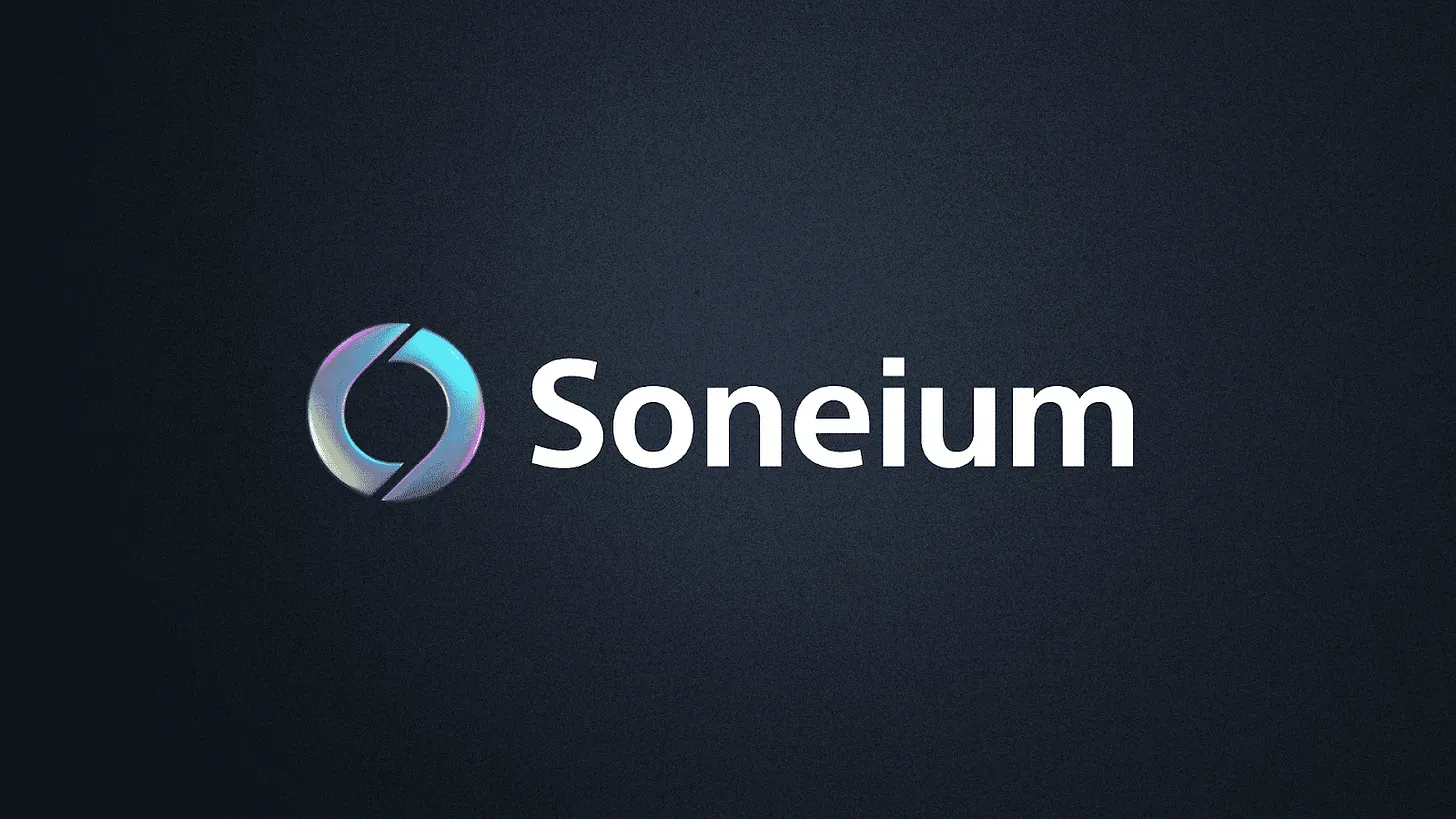
Source: Soneium
Soneium is an Ethereum Layer 2 mainnet built on OP Stack, jointly created by Sony Group and Startale through the joint venture Sony BSL. Startale contributed the blockchain experience accumulated since operating Astar Network in 2019, and Sony injected global users and IP resources. This combination gives Soneium the potential to accelerate the mainstreaming of Web3.
2.1 Soneium: Sony Group’s core strategic pillar
Soneium is not only a blockchain project, but also an extension of Sony Group's digital strategy, which may become a link connecting its diversified businesses. Given Sony's leading position in the entertainment industry, this integration may have a profound impact on the popularization of Web3. Understanding Sony Group's strategic vision is the key to assessing its potential.
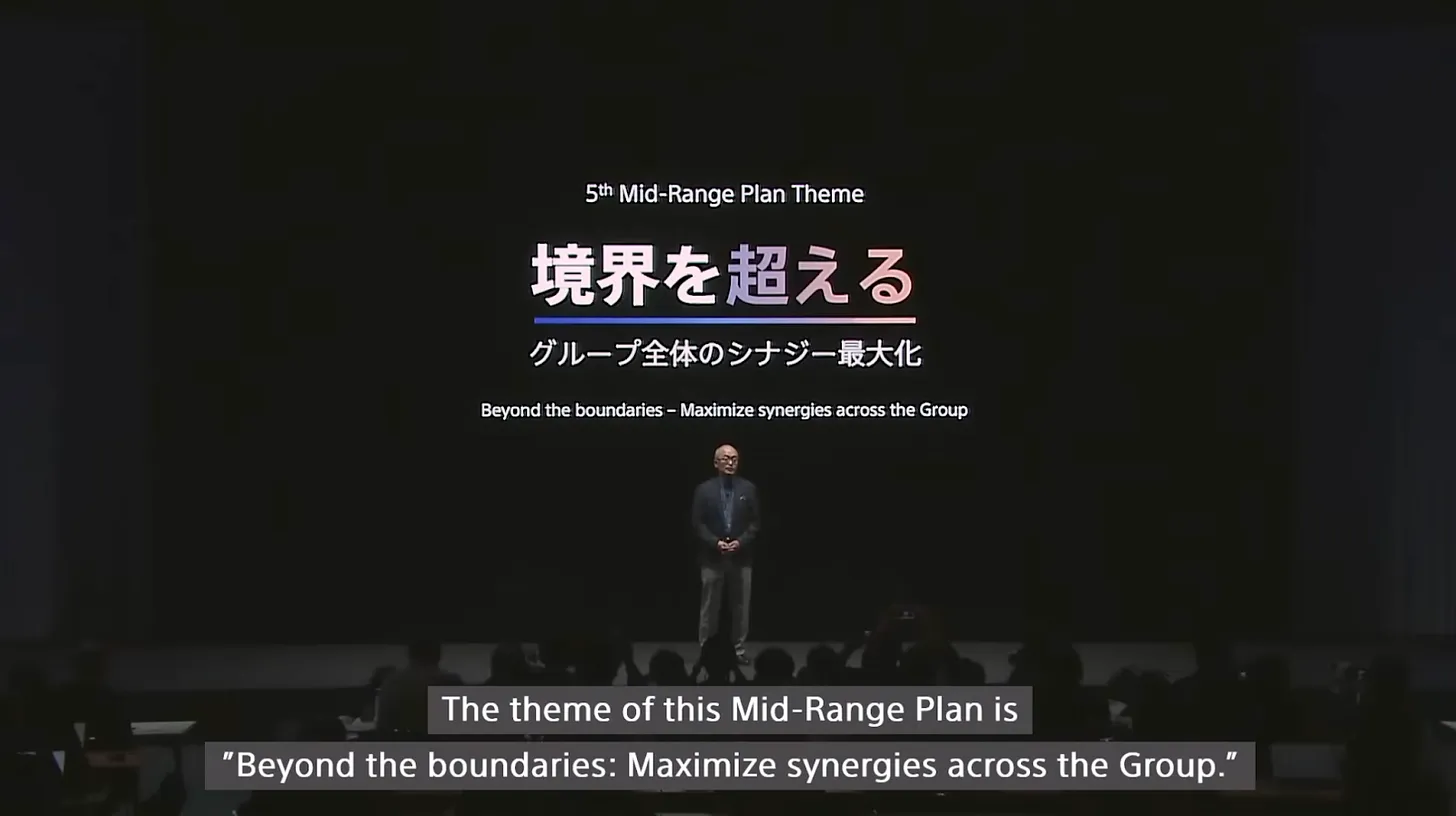
Sony Group Corporate Strategy Meeting 2024, Source: Sony Group
In its "Strategic Plan 2025-2027" announced in 2024, Sony Group proposed the vision of "transcending boundaries and maximizing group synergies", emphasizing cross-departmental collaboration to accelerate digital innovation and open up new sources of revenue.
Soneium's blockchain network could become the digital ecosystem cornerstone for integrating Sony Group assets. The following analysis explores the possibility of business integration from both short-term and long-term perspectives.
2.1.1 Short-term perspective: Strengthening the integration of existing Web3 businesses
Sony Group's initial integration of Soneium will be based on its existing Web3 businesses: SNFT, an NFT platform launched in 2022, and S.BLOX, a cryptocurrency exchange that was acquired and renamed through the acquisition of WhaleFin in 2023.
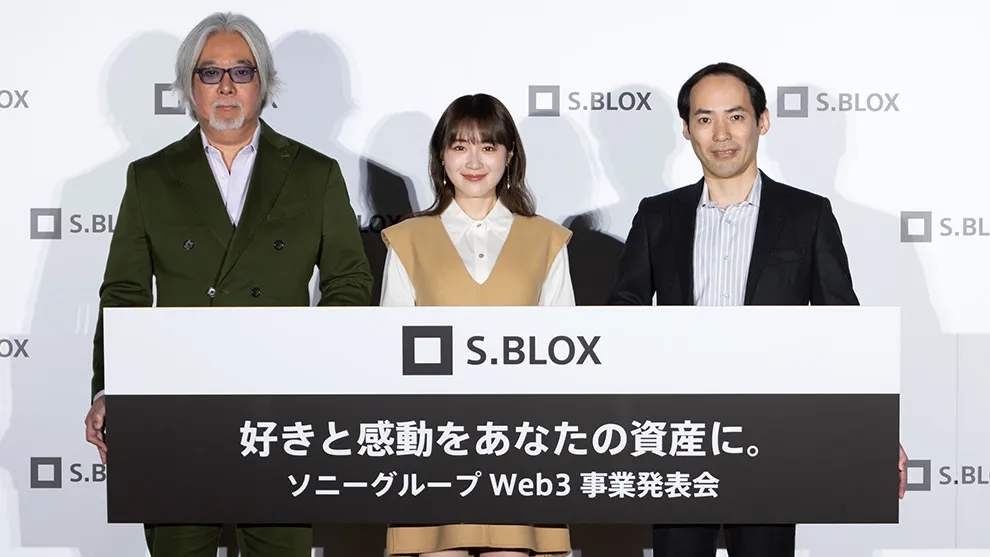
Sony Group Web3 Business Conference 2025, Source: Sony
S.BLOX may become a key entry point for the Soneium ecosystem, acting as a bridge between traditional assets and Web3 assets. By integrating exchange-wallet functions similar to Backpack, S.BLOX can provide a more secure asset management experience than existing Web3 wallets.
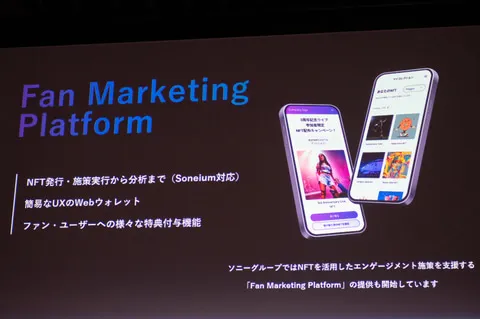
Source: Sony
Several subsidiaries of the Sony Group are expanding Web3 projects through SNFT-Soneium:
Sony Pictures Entertainment (Japan) : Providing exclusive content access to users who purchase selected content on Amazon Prime Video;
Sony Music Entertainment France : Released a limited edition NFT to commemorate the second anniversary of the music and Web3 community "Sunny B. 1991";
Sony Music Publishing (Japan) : Launched an NFT event linked to the concert of the girl group "SANDAL TELEPHONE".
These projects aim to enhance fan interaction and digital content distribution through NFTs and explore new ways to connect with audiences.
2.1.2 Long-term perspective: Deep integration of entertainment and financial industries
Although Sony Group has not yet announced specific plans for Soneium beyond the projects mentioned above, its long-term potential is worth paying attention to.
The entertainment business accounts for 60% of Sony Group's revenue, and it controls the entire chain of content production and distribution. Although this concentration brings risks, Web3 technology may open up new growth paths.
Early signs show potential for innovation: Sony Interactive Entertainment ’s blockchain patents (particularly in-game NFTs) suggest that the PlayStation ecosystem may be integrated with Web3, such as NFT game assets and cryptocurrency payment functions.

Source: Sony Music
Sony Music and Sony Pictures can activate massive IP through Web3 technology. Sony Music has tested NFTs based on artist IPs and explored Web3 applications for music copyrights. With a combination of music, animation, games and other content, Sony may open up new sources of income through Web3.
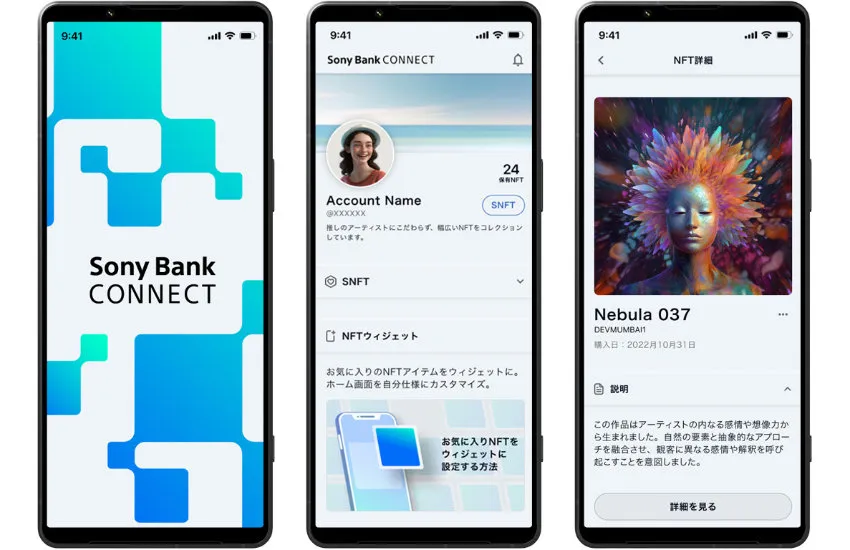
Source: Sony Bank
Although Sony Financial Group has been spun off, it still maintains close cooperation with Sony Group.
Sony Bank is a pioneer in blockchain applications in the banking industry: it partnered with SNFT to launch the user-friendly NFT management application CONNECT; piloted a stablecoin project; and became the first bank in Japan to offer loan asset securitization tokens (STOs).
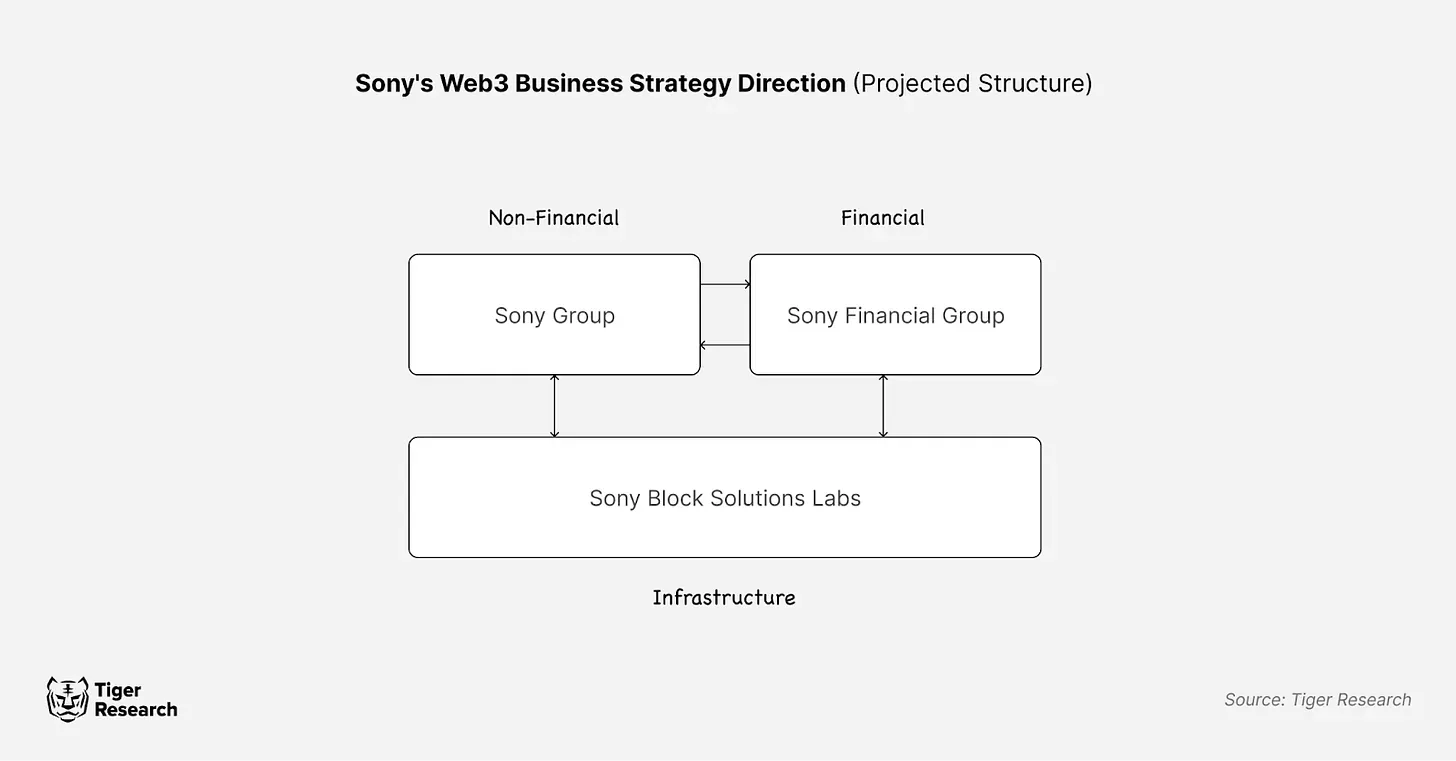
Soneium may connect Sony's businesses through new digital services. For example, PlayStation users use stablecoins developed by Sony Financial Group to pay; fans buy and sell tokenized entertainment IP assets. These applications integrate Web3 technology into daily services and support the strategic goals of the Sony Group.
2.2 Key Cases of Soneium Ecosystem
Soneium is committed to building an inclusive Web3 ecosystem that goes beyond the Sony Group, focusing on user-friendly application scenarios. Users can access blockchain services through familiar applications without having to understand the underlying technology. This strategy has been effective - it has attracted more than 170 projects within two weeks of its launch, with consumer applications accounting for the largest proportion. The following article analyzes representative applications in the Soneium ecosystem.
2.2.1 Yay!: Connecting Web2 communities with SocialFi and injecting rewards into daily life

Source: Yay!
Yay! is a popular community platform in Japan, with over 10 million users and over 100,000 active communities since its launch in 2020. The platform demonstrates how Web3 can enhance the value of social media without changing the user experience: members are rewarded for their contributions to the community, and all blockchain interactions are automatically completed by the platform backend.
On Yay!, users earn EMPL tokens through community contributions, which can be used to purchase items and send gifts on the platform, or exchanged for YAY tokens and withdrawn as cash. This mechanism allows users to enjoy the benefits of the token economy without having to deal with complex crypto transactions.

Source: Yay!
Yay! serves both Web2 and Web3 users: traditional users earn points and spend them within the app; crypto users can put their assets on-chain to participate in DeFi activities such as staking and providing liquidity.
Its appeal to Web3 users has already become apparent - the staking activity linked to Ethereum and ASTR attracted $20 million in participation. By creating value for both types of users, Yay! has successfully built a bridge between Web2 and Web3.
2.2.2 Yoake: Using blockchain to revolutionize fan culture
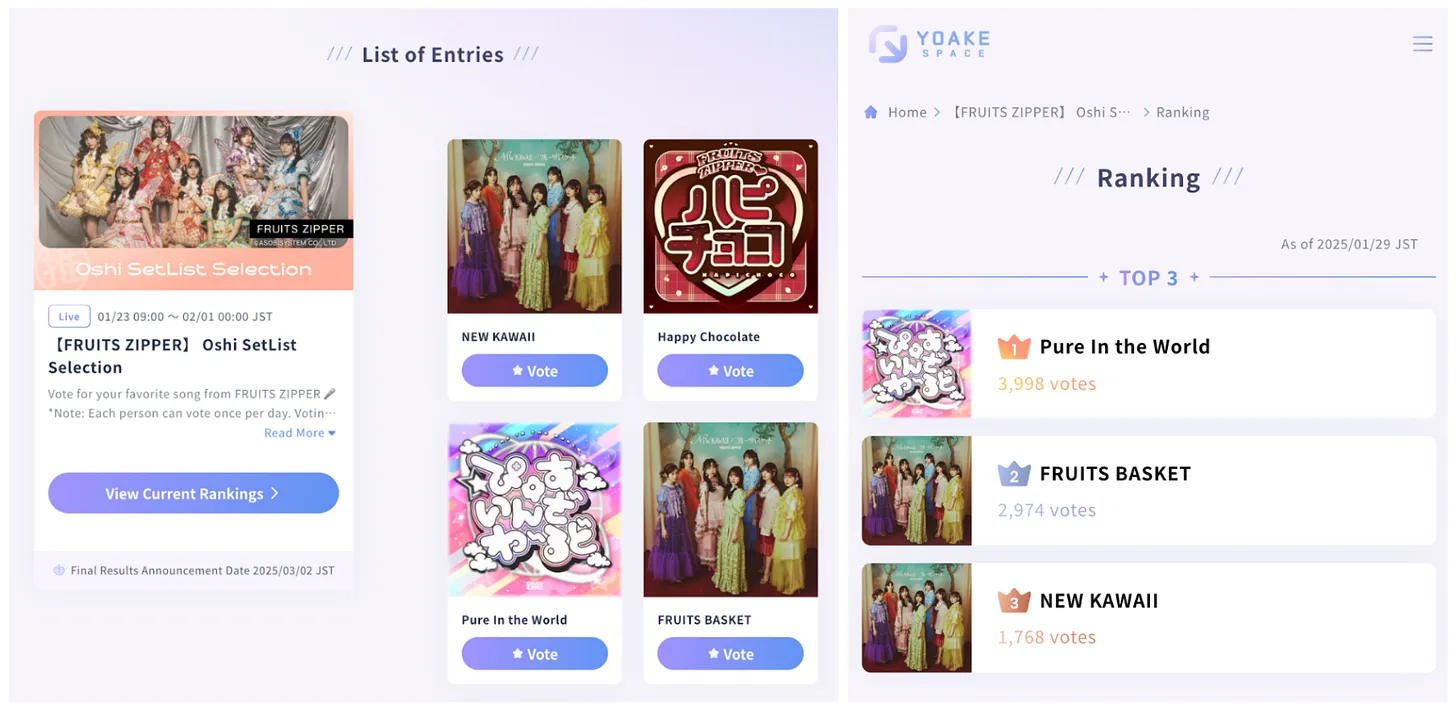
Source: Yoake Space
Yoake is an entertainment fan blockchain platform jointly developed by the well-known Japanese producer Yasushi Akimoto and Startale. Akimoto once created the idol group AKB48, which pioneered the fan voting mechanism. This innovation enabled Yoake to win the entertainment award in the Soneium Spark incubation program.
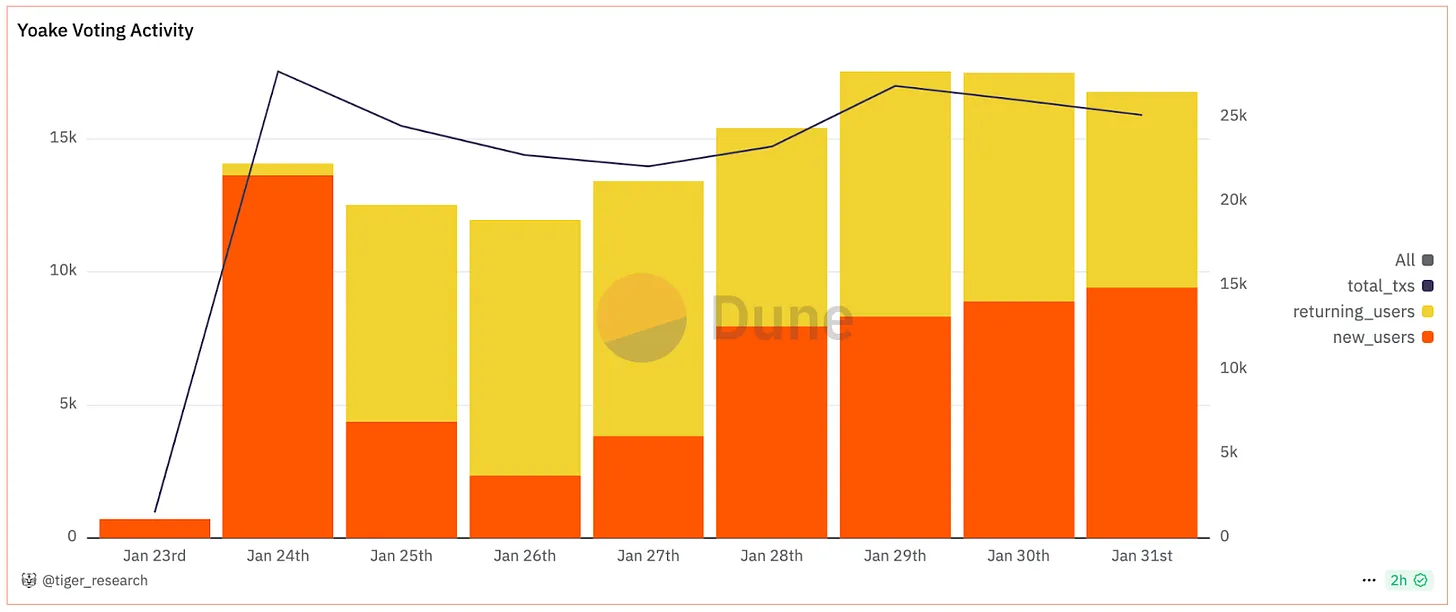
Source: Dune, Tiger Research
Yoake uses blockchain to solve common pain points in fan communities: voting manipulation and opaque royalty distribution. The platform records all votes on the Soneium chain, forming a verifiable and transparent system. Fans can vote through their social media accounts (no crypto wallet required), and the blockchain record is automatically completed by the platform. This system supports a variety of activities from idol group performance track selection to fashion competition voting.
Yoake embodies Soneium's blockchain adoption logic: problem solving takes precedence over technology demonstration . As Sony BSL Director Satoshi Watanabe said, this is a "market pull" strategy - identify needs first, then solve them with technology, rather than building solutions first and then finding scenarios (Technology Push). Yoake practices this principle by improving the fairness and transparency of the fan community, and blockchain only exists as an underlying solution.
Yoake will list YOAKE tokens on Soneium to reward active fans and measure community participation. This model may become a model for the blockchainization of traditional services in the entertainment industry.
3. Why choose OP Stack? Stable infrastructure and scalability
Soneium builds Ethereum Layer 2 based on Optimism's OP Stack instead of developing a new chain from scratch. This choice stems from a clear understanding of the challenges of Layer 1 development: building network security and ecology requires a lot of resources and time. With Optimism's mature infrastructure, Soneium can focus on developing user-oriented services and promoting adoption.
As Ethereum Layer 2, Soneium inherits the core advantages of Ethereum: EVM compatibility : supports existing Ethereum tools (such as wallets, smart contracts); security : provides reliable protection for Sony IP; developer ecosystem : access to Ethereum's huge developer community.
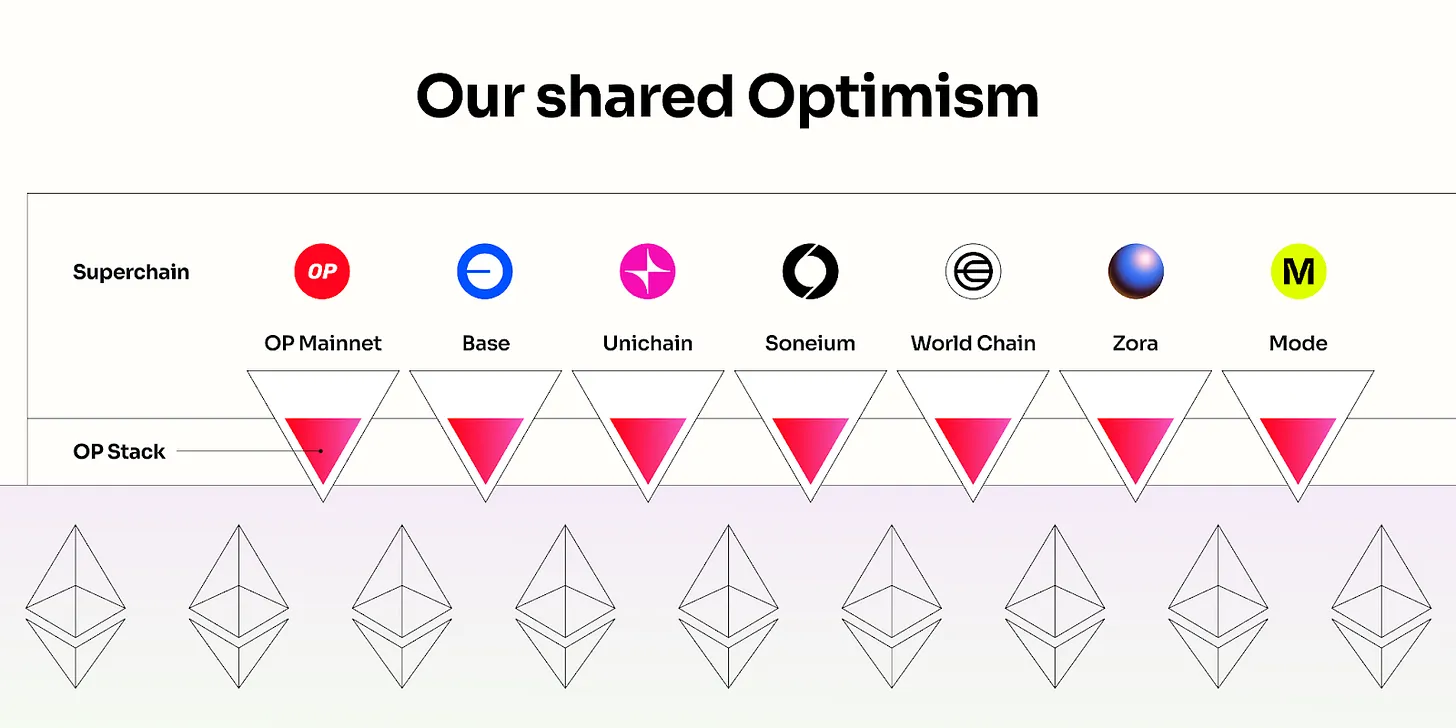
Source: Optimism
Soneium plans to join Optimism's "Superchain" network through OP Stack, interconnect with OP Stack chains such as Base, World Chain, and Unichain to expand the boundaries of capabilities. The proposed Optimism Interop Protocol will enhance direct communication between chains (without going through the Ethereum mainnet).
By building on Ethereum security and OP Stack scaling technology, Soneium is laying the foundation for rapid growth. This pragmatic attitude reflects its goal: to accelerate Web3 adoption by leveraging existing solutions rather than reinventing the wheel .
4. Same vision, dual network synergy: Soneium and Astar's collaboration
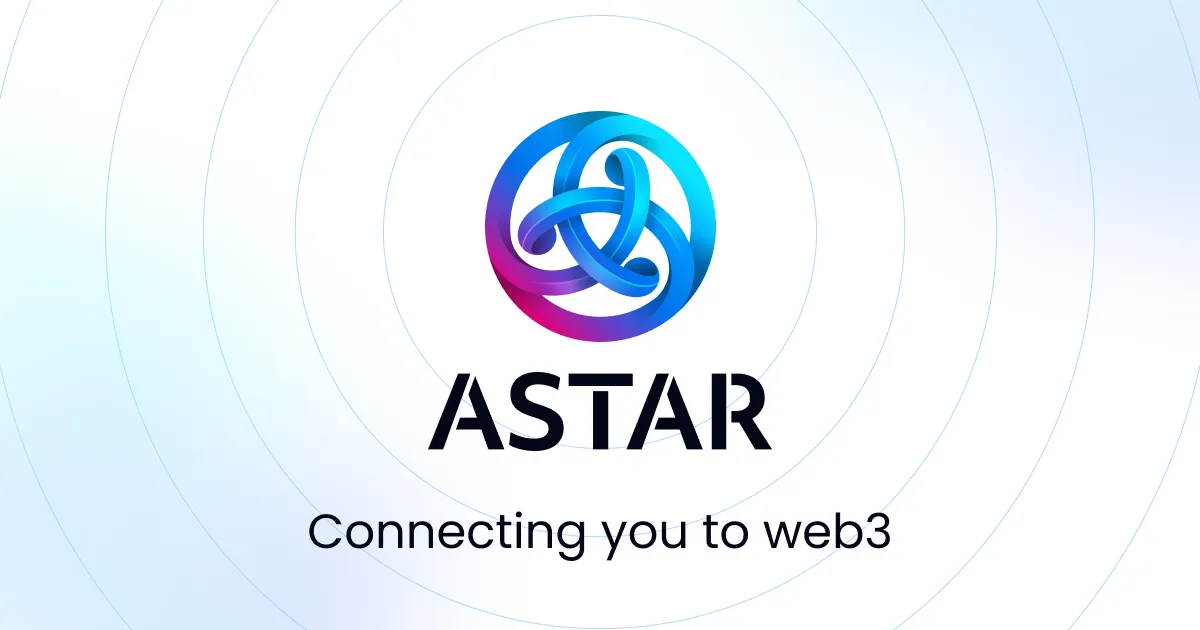
Source: Astar Network
Astar Network, operated by Startale, is expected to have deep synergy with Soneium. Although Astar is based on Polkadot and Soneium is based on Ethereum, the differences between the two may form complementary advantages and maximize synergy.
Analyzing the strengths of Astar Network helps to assess the potential of Soneium, especially the possibility of dual-network collaboration.
4.1 Ecological integration: building a mainstream collective ecology
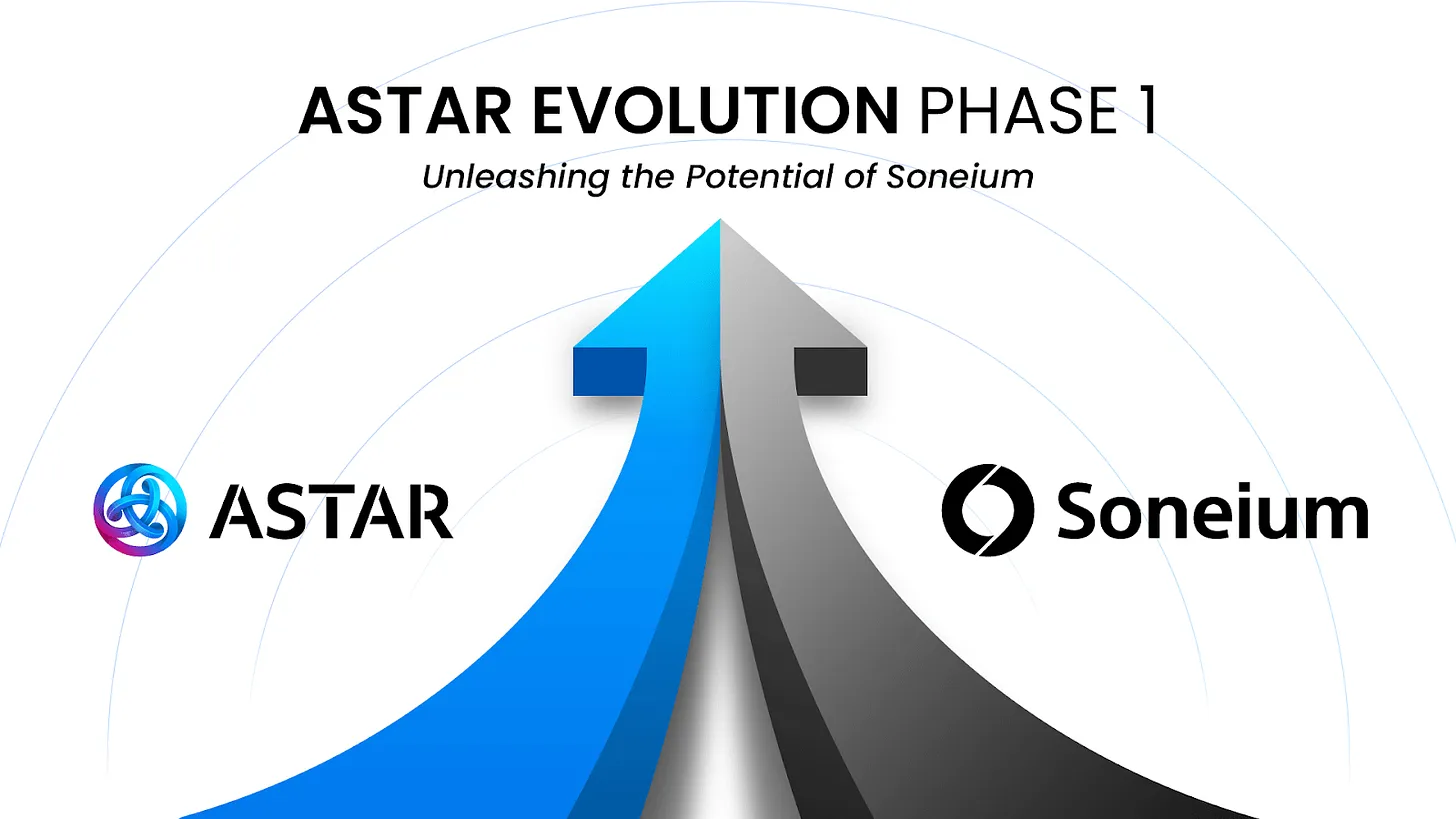
Source: Astar Network
Although Astar Network and Soneium operate independently, they can develop complementary capabilities: Astar provides liquidity and ecological resources for Soneium's early growth; Soneium , as OP Stack Layer 2, helps Astar expand from the Polkadot ecosystem to the Ethereum ecosystem.
Astar’s dual support for WebAssembly (WASM) and Ethereum Virtual Machine (EVM) enables it to connect Polkadot and Ethereum ecosystems. Cooperation with Soneium may accelerate this cross-chain expansion.
Astar's experience in ecological management can provide a reference for Soneium: through large-scale token destruction and dApp staking V3, it effectively manages ecological liquidity and provides better incentives for users and dApp projects; despite setting a 7% basic inflation cap, it maintains a stable token level through continuous improvements; on-chain governance will be launched in December 2024, shifting to community-led decision-making, and the forum will actively discuss ecological development.
Astar and Soneium share a vision that goes beyond technical integration: bringing Web3 to mainstream users . Astar's "Evolution Phase 1.5" will officially connect the two networks to form a shared ecosystem. Through Chainlink's CCIP and LayerZero technology, seamless communication between chains will be achieved to build a more sustainable and scalable Web3 ecosystem.
4.2 ASTR: A strategic fulcrum for dual-network symbiosis
4.2.1 Laying the initial foundation with ASTR tokens
Soneium uses Astar Network's ASTR token to launch the ecosystem and solve the common cold start problem of new networks.
ASTR has been listed on major exchanges such as Binance, OKX, and Upbit, providing ready-made liquidity for Soneium. Using mature tokens (rather than issuing new tokens) allows Soneium to build an ecosystem more efficiently than networks such as BASE that need to be launched separately, while reducing compliance complexity and attracting existing crypto users.
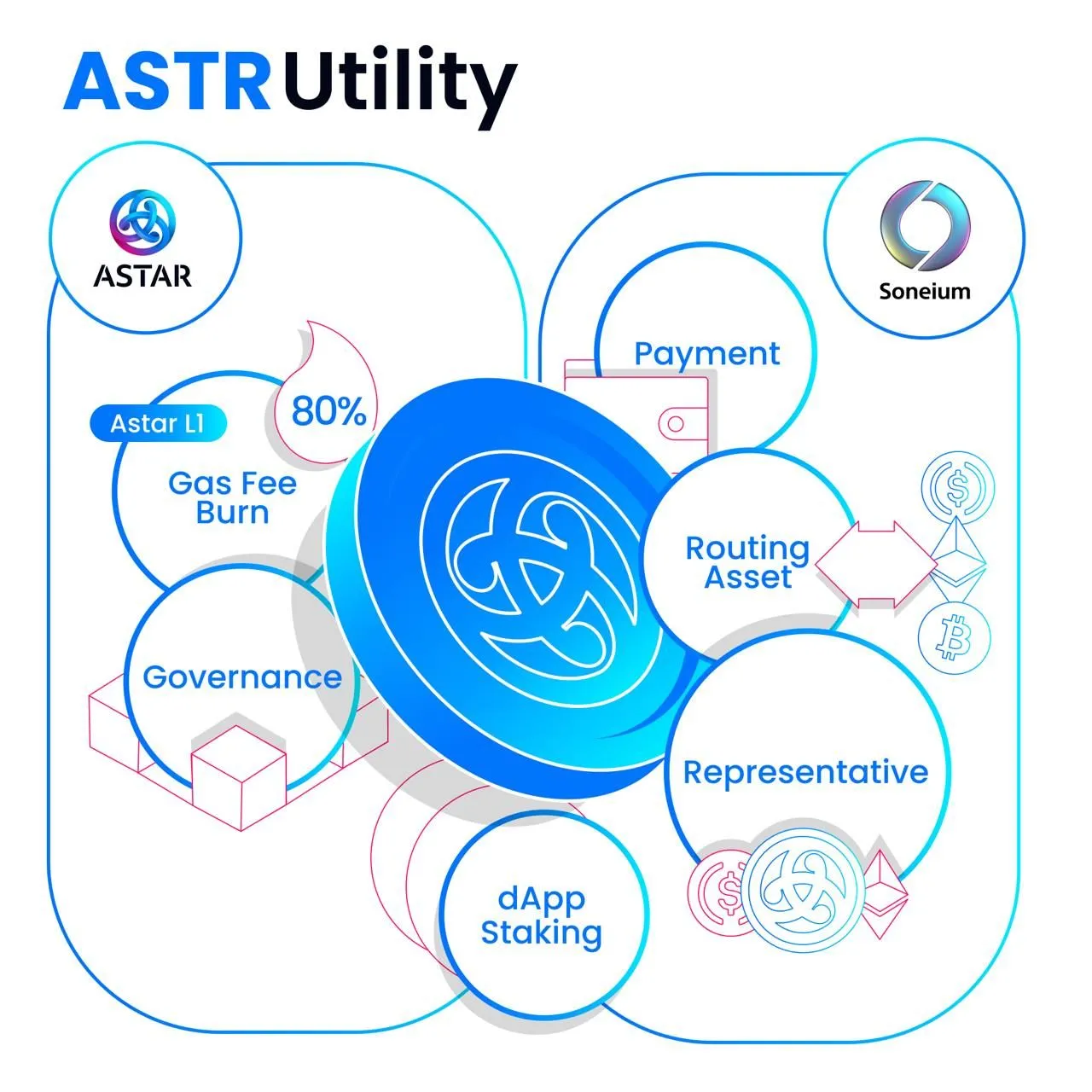
Source: Astar Network
ASTR is the core asset of the Soneium ecosystem and plans to add several key functions: facilitating DeFi transactions, enabling payments in consumer applications, and supporting stablecoin issuance. This core role enables ASTR to capture the value of Soneium's ecosystem, which may directly benefit Astar Network. As of February 1, ASTR accounted for 57% of Soneium's total locked value (TVS), which shows its importance.
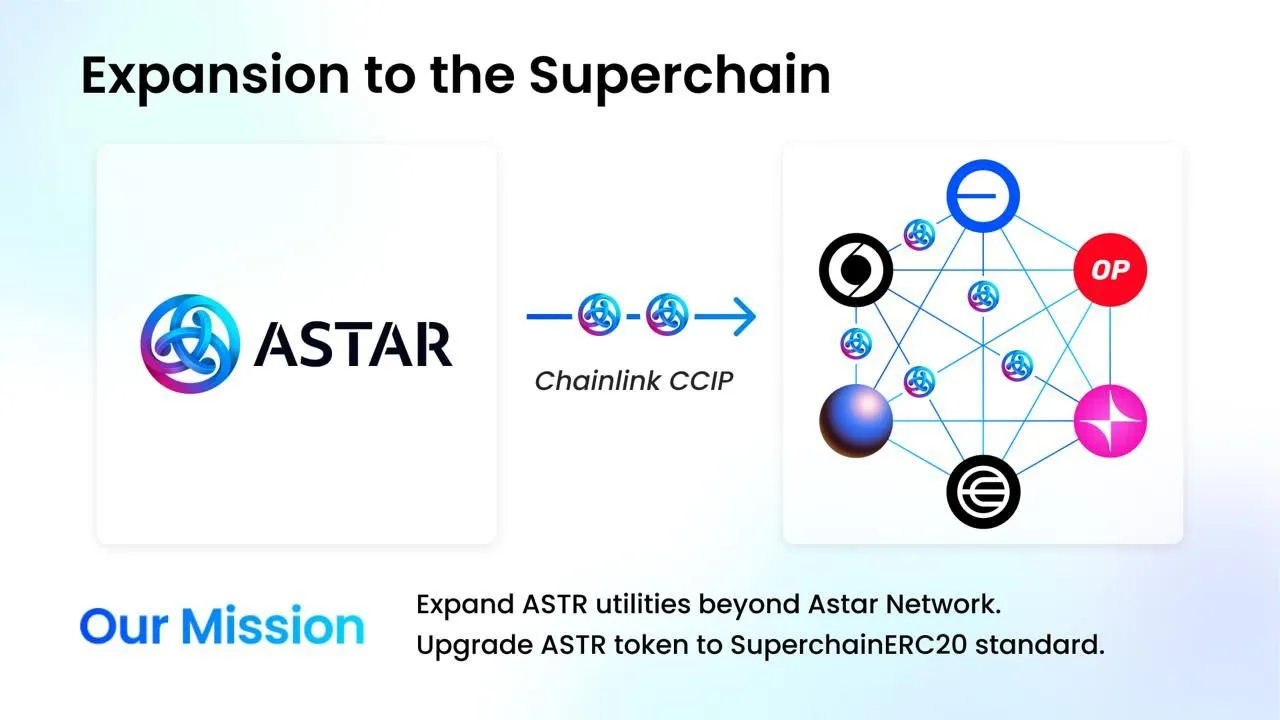
Source: Astar Network
Astar plans to expand ASTR's influence to the Optimism superchain based on ASTR's core position in Soneium. ASTR has adopted the superchain asset standard (ERC-7802, SuperchainERC20) to achieve seamless cross-chain transfer. This standardization may help ASTR become an important asset in the superchain ecosystem, and then serve as a bridge between Soneium and the broader ecosystem.
4.2.2 Astar and Soneium's Ecosystem Promotion Strategy
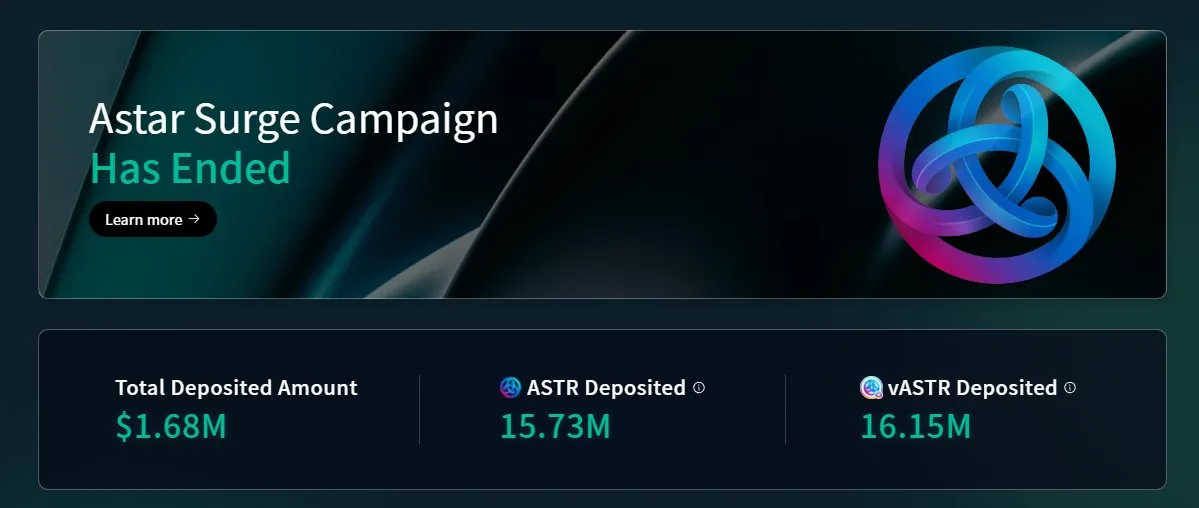
Source: Astar Network
Astar Network is running an incentive campaign with Soneium to grow its shared ecosystem. Through the Astar Surge campaign , ASTR holders can earn rewards by depositing tokens in designated smart contracts to provide initial liquidity for the launch of Soneium. The campaign has already injected 1.68 million liquidity into key projects such as Sake Finance and Yay!
Astar Network also plans to launch the Astar Contribution Points (ACS) program , issuing 100 million ASTR tokens to reward users for their activities in Soneium’s DeFi protocols, games, and consumer applications. The goal of ACS is not just to distribute tokens, but also to encourage continued participation and development of the ecosystem.
Using Astar Network’s funds to support Soneium’s development represents a strategic investment: it positions ASTR as a key cross-chain asset in the Superchain ecosystem while expanding its influence in the Ethereum ecosystem. As the Sony Group develops mainstream Web3 applications, ASTR can gain real-world use cases, driving adoption of both networks.
4.2.3 Fast Finality Layer Based on Astar Network
As OP Rollup Layer 2, Soneium faces two time constraints: transactions require about 13 minutes to complete hard confirmation on OP Stack; L1 withdrawals require a 7-day waiting period due to the characteristics of OP Rollup.
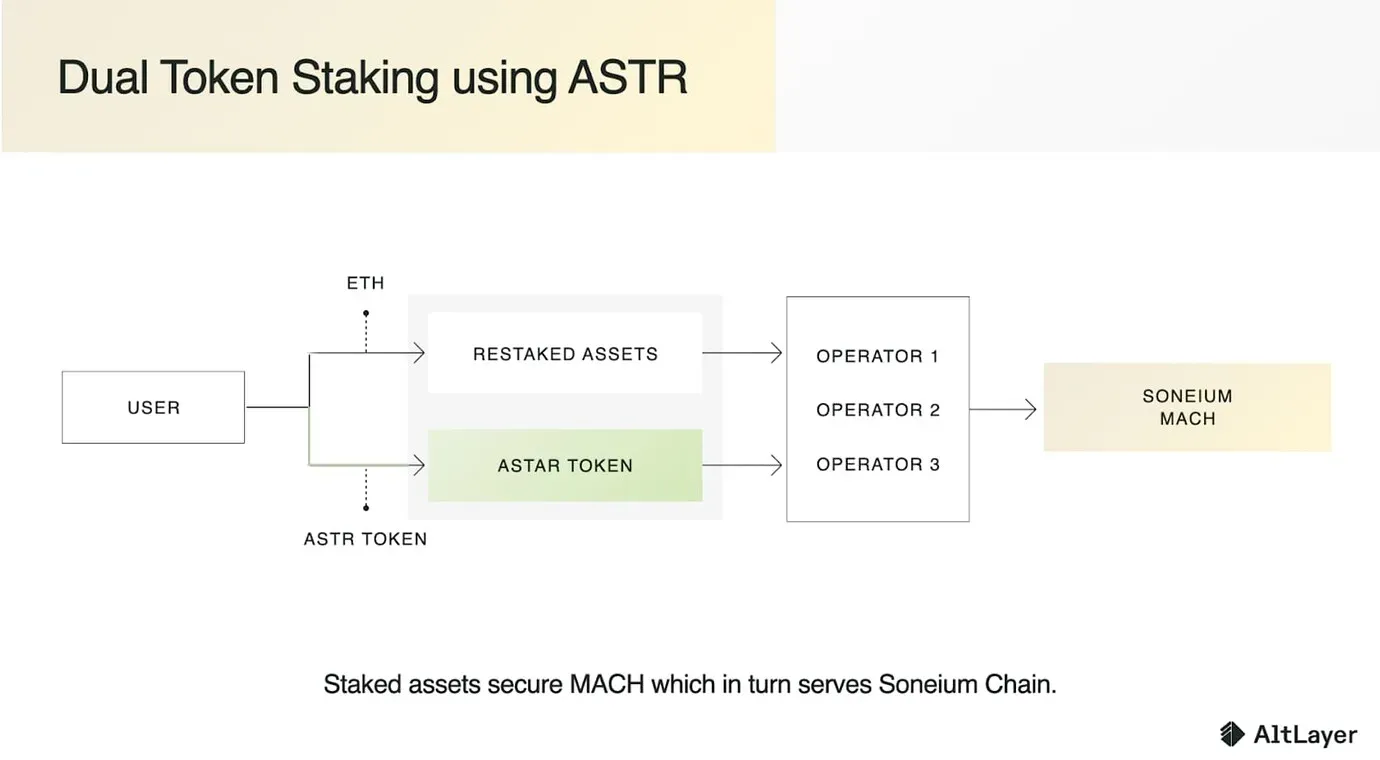
Source: AltLayer
Soneium will use AltLayer's MACH protocol to solve latency issues. MACH is an active verification service (AVS) that uses EigenLayer's heavy staking mechanism to enhance security and cross-chain messaging. This upgrade will benefit games and financial services that require fast transactions.
MACH implementation will create new uses for ASTR, making it a network contribution asset like re-staked ETH. This provides token holders with more ways to participate and earn rewards. Expanded utility can enhance network liquidity and ecosystem participation.
4.3. Fusion of Technology and Vision: Possibilities of a New Unified Network
The Astar Network-Soneium partnership will grow stronger over time and build on their complementary technologies: Astar Network runs on Polkadot with dual EVM-WASM support, while Soneium runs as Ethereum Layer 2. Together, they can scale to both the Ethereum and Polkadot ecosystems.
The recent Klaytn-Finschia merger shows how two blockchain networks can unite, providing a potential model for Soneium and Astar Network. While tighter integration could connect the Ethereum and Polkadot ecosystems, such a development would require careful long-term planning. The networks are realizing this possibility through current collaborations that leverage their unique strengths.
5. Soneium’s challenge: balancing IP protection and online censorship
Intellectual property infringement has been a long-standing challenge for Web3, as evidenced by recent controversies: NEIRO faced ownership disputes , while CHILLGUY was criticized for unauthorized use of intellectual property . These incidents have damaged both investor confidence and the credibility of the industry.
Soneium introduces the concept of "sandbox" to balance openness and protection while building a creator-centric fan community ecosystem. The large-scale adoption of Web3 technology requires both creative freedom for creators and basic guarantees for intellectual property protection.
Soneium takes a phased approach to security: During a warning period, it reviews suspicious contracts and projects and adds them to a restricted list if necessary. Rather than blocking access entirely, the system allows transactions to proceed through Ethereum Layer 1. As Vitalik Buterin described it, this is like a "giant speed bump" - blocking malicious activity while keeping the network accessible. Once the project resolves the issue, it can regain full access.
This approach strikes a balance between protecting creators’ rights and Web3’s core values of openness and innovation. By implementing managerial oversight rather than strict censorship, Soneium aims to combine intellectual property protection with blockchain decentralization — a potential model for mainstream Web3 adoption.
6. Conclusion
The launch of Soneium represents more than just another blockchain platform; it signals a major company’s commitment to expanding Web3 beyond the current reach of less than 7% of the world’s population. For Sony, the move is more than just a technological experiment; it’s an effort to address fundamental challenges to mainstream adoption.
The timing mirrors Sony’s past transformations. While Sony revolutionized personal music with the Walkman, it initially struggled to adapt to digital technology. Later, the company found success by combining entertainment with technology — a strategy that Web3 can now extend into the new era.
Soneium goes beyond typical blockchain initiatives by combining the hardware expertise of the Sony Group with the blockchain experience of Startale. The collaboration between the established company and Startale balances the resources of an enterprise with the flexibility of a startup, aiming to create a more practical Web3 ecosystem.
Japan offers Soneium strategic advantages: relatively supportive policies towards the cryptocurrency and Web3 industries, and an environment that encourages global business collaboration. These factors provide a stable foundation for Soneium's development and international growth.
However, Sony's Web3 business faces significant obstacles in terms of technology, regulation, and user experience. The key to success lies in how effectively Sony can turn these challenges into innovation opportunities.
















